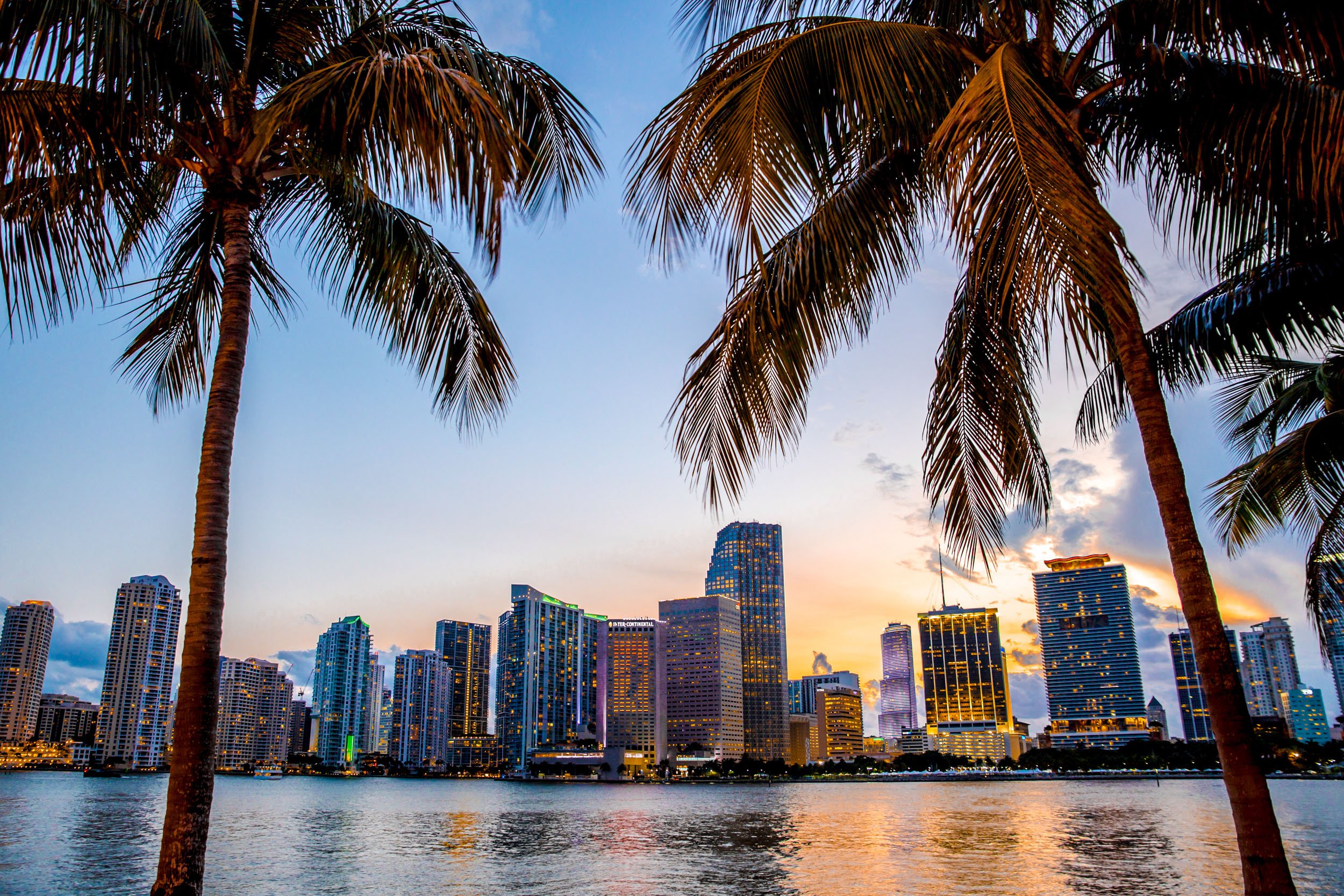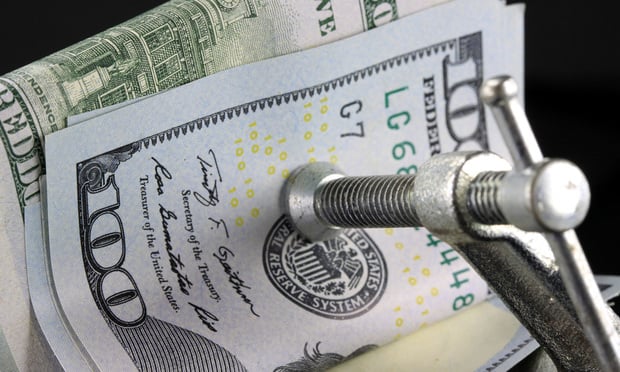(Well, green is a great concept that seems to be stuck in the concept stage, at least according to last week's Feedback Poll. Only 20% of our respondents rank their building on the cutting edge of green, and only a few more (27%) would even call their building so-so. A sad, apparently breathless, majority of 53% said they were "suffocating" in their current digs. And none of it comes as a surprise to commentator O'Brien.-ed.)
Most people will think that their buildings are not very green at all. They'd say building owners are making some changes and talking about potential changes, but looking at the things being done on the front end--such as recycling, and certainly green cleaning-- green is not the first initiative to be embraced. Even though it's very important to indoor environmental quality, it's also more expensive. That's hard to justify in such a competitive marketplace. In fact, even I would rate my building as a non-green building.
It's easier to meet LEED core-and-shell requirements when you build new vs. meeting LEED standards for existing buildings. One may ask then if the sexiness of green is reserved for new builds as opposed to retrofits. The answer is absolutely not. The real opportunity will be in LEED for existing buildings. LEED is not the answer to everything, but it certainly gives you the Good Housekeeping Seal of Approval. Opening a new building with the plaque in the lobby marks only a certain point in time. It's what you do with that building from that point forward that determines whether it maintains itself as a green building.
In terms of the cost of green, we analyze buildings through the LEED for Existing Buildings Audit. We look at each of the 69 credits available from both a cost and a benefit standpoint. (The green movement is starting to get owners to ask questions such as what benefits they want and which will help them attract and retain tenants and labor.) It could cost somewhere from 75 cents to $1.50 per sf to upgrade a building to LEED-Certified or LEED-Silver status. When you go to LEED Gold or Platinum, it would naturally be incrementally more expensive. In terms of payback, it's generally in the three-to-four-year range.
Owners' hesitation is based on perceptions of the return on investment and a general lack of understanding. If people feel comfortable that most of those payback assumptions are correct, the majority would work green into a maintenance-and-repair schedule over a relatively short period of time.
A LEED-certified professional, Greg O'Brien is senior vice president for Cresa Partners. He is based in Atlanta. The views expressed in this article are the author's own.
© Touchpoint Markets, All Rights Reserved. Request academic re-use from www.copyright.com. All other uses, submit a request to [email protected]. For more inforrmation visit Asset & Logo Licensing.







